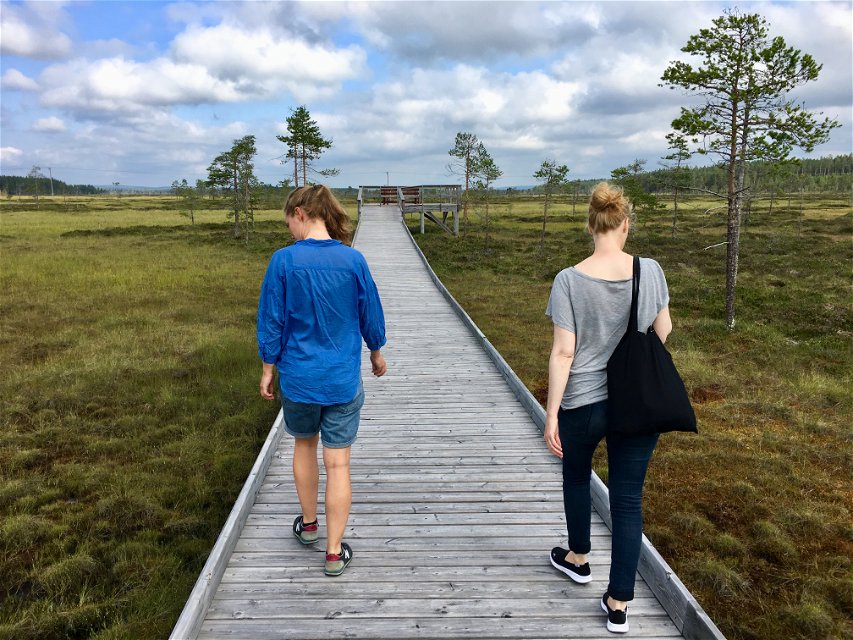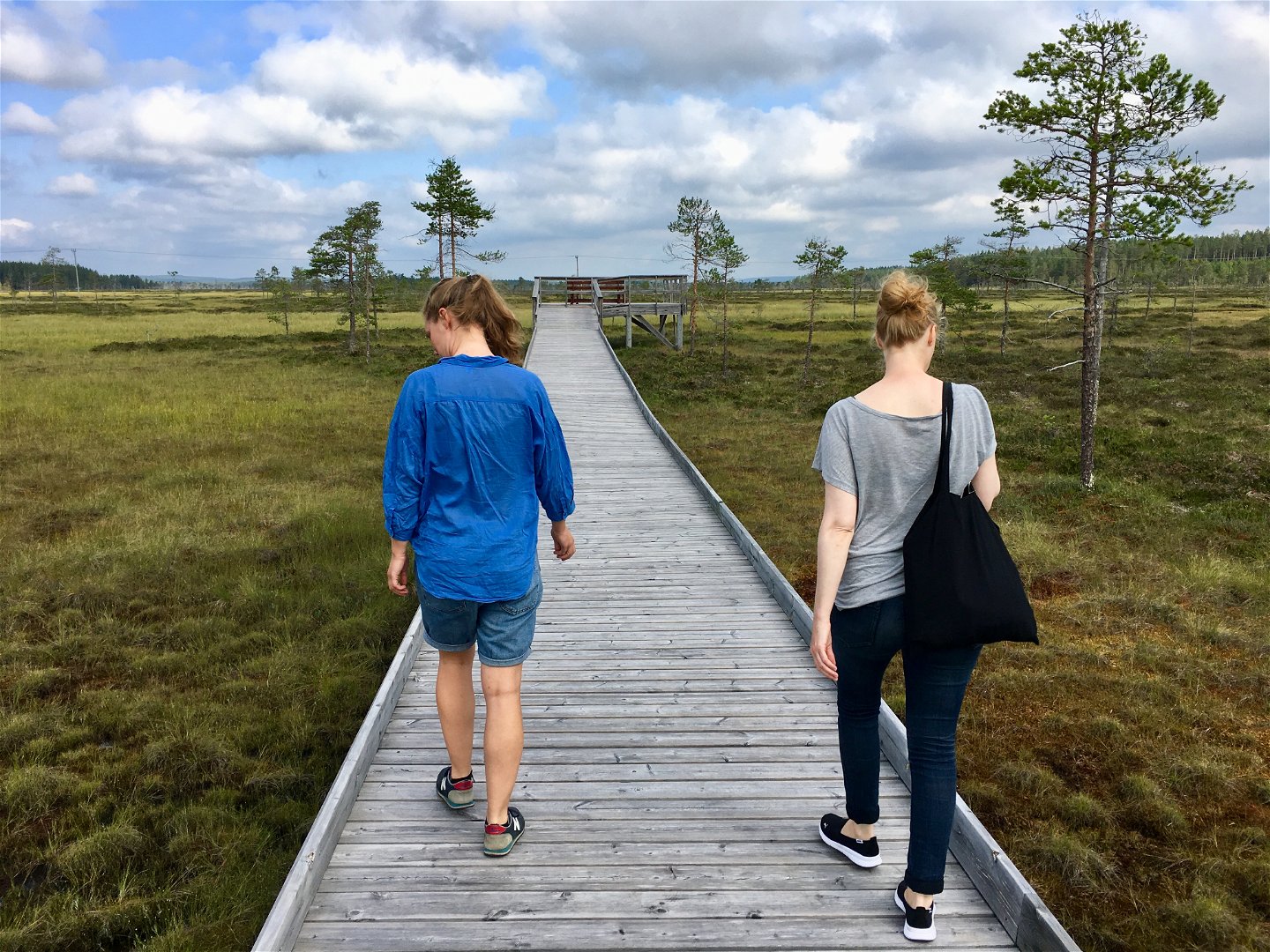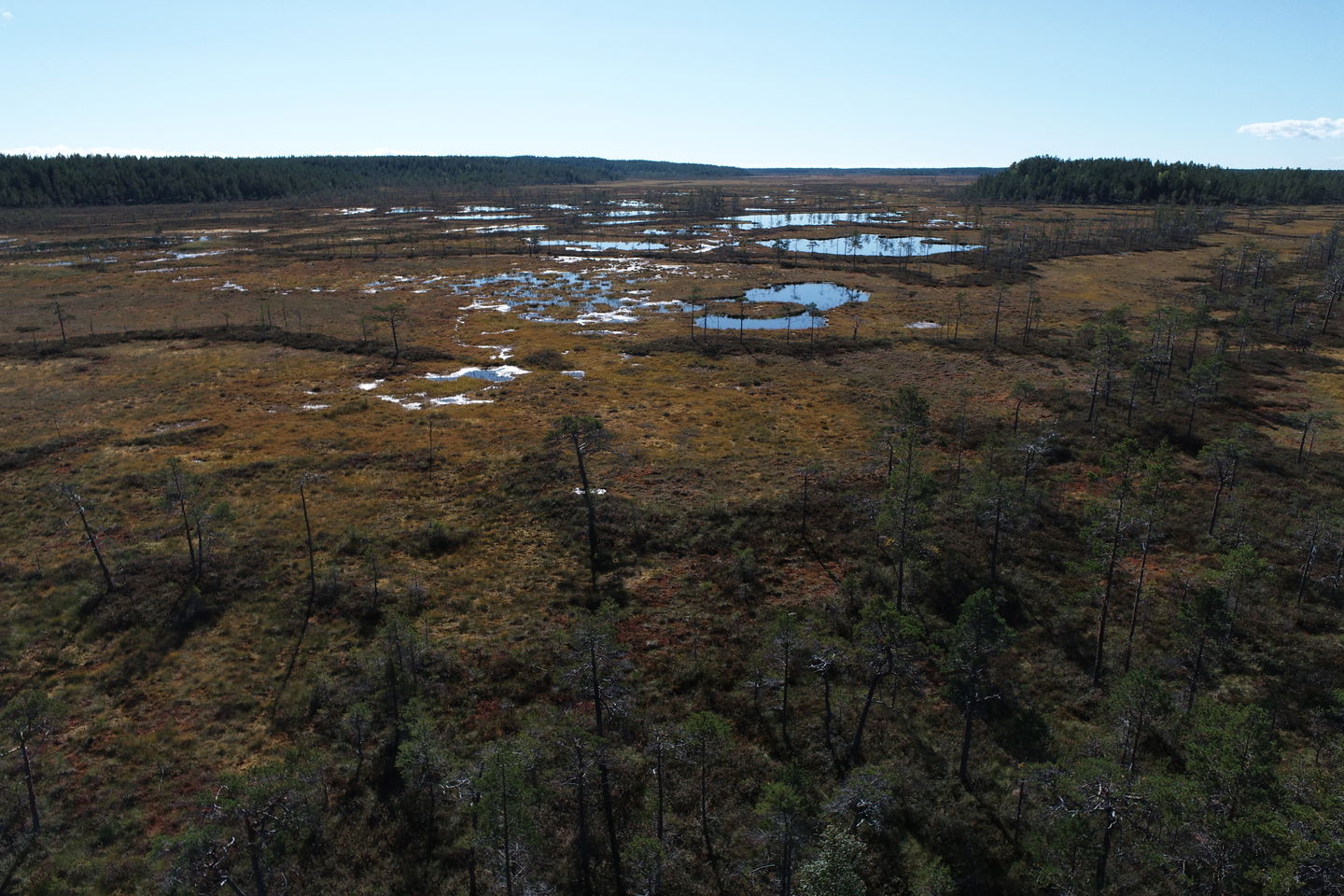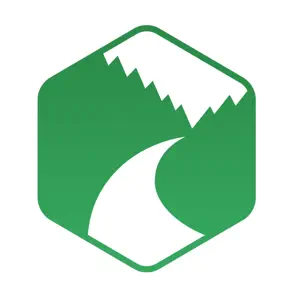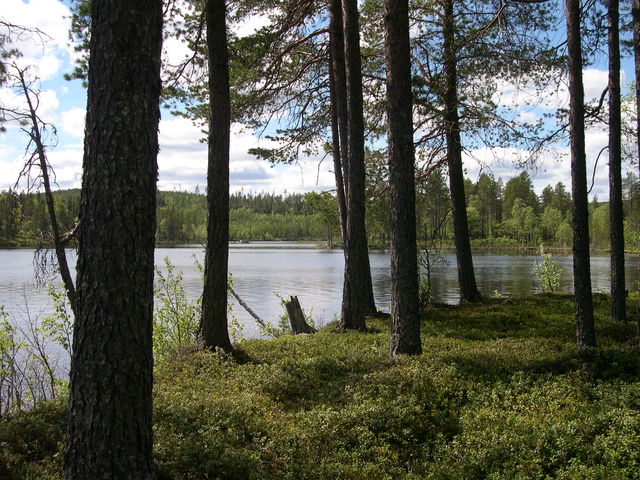
Torsmyran
Rezerwat przyrody
- Województwo: Västerbottens län
- 7252.13 km od Ciebie
Akcje
Opis
In Torsmyran’s swelling peat moss tufts, sundews lure bugs to their doom. The glistening droplets on the leaves are not sweet nectar – they are the sundew’s sticky digestive fluid. When an insect lands, it becomes stuck.
The sundew, one of our insectivorous plants, is just one of many species that has adapted to life in the apparently barren and monotonous mire environment. In the mighty Torsmyran, one of the largest and most varied mires along the Norrland coast, you can meet many more.
Teeming animal life
Golden plovers, wood sandpipers, common greenshanks, curlews, red-throated divers, whooper swans, meadow pipits and yellow wagtails all breed out on the mire.
The mire also boasts a rich insect fauna. It is home to 16 different ground beetles, 27 different water beetles, 5 species of waterbugs and 8 dragonflies and damselflies!
Scots pines and sundews
Scots pines, tufts of rusty bog-moss and dwarf birches grow out among the mosses, fens and mires. Soft bog-moss and sundews grow in the wet areas. You shouldn’t enter the even wetter parts of the mire at all. Only sedge and flatleaf bladderwort grow in these “mud-bottoms” – mud holes, quite simply.
Trapping pits
In the western part of the reserve, there is a 370 metre-long trapping pit system comprising 12 pits. The pits are now half a metre deep. When they were in use, they were really deep, probably up to two metres. Trapping pits were used to hunt elk from the Stone Age up until 1864, when they were banned.
Działania i udogodnienia
-
Rezerwat przyrody
Dostępność
-
Blisko parkingu
-
Dostęp dla wózków dziecięcych
-
Dostęp dla wózków inwalidzkich
Wskazówki dojazdu
The reserve is situated in Nordmaling Municipality. The entrance to the reserve is on the E4 highway, 6 km north of Nordmaling. From the car park, a path, footbridge and ramp lead out over the mire to a lookout point.
Kontakt
Adres e-mail
Länsstyrelsen Västerbotten
Logotyp organizacji
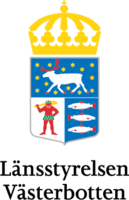
Należy pamiętać, że niektóre z tych tekstów zostały przetłumaczone automatycznie.
Pytania i Odpowiedzi
Zadaj pytanie innym użytkownikom Naturkartan.

